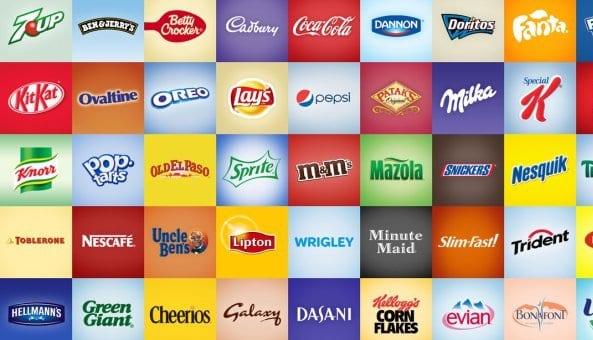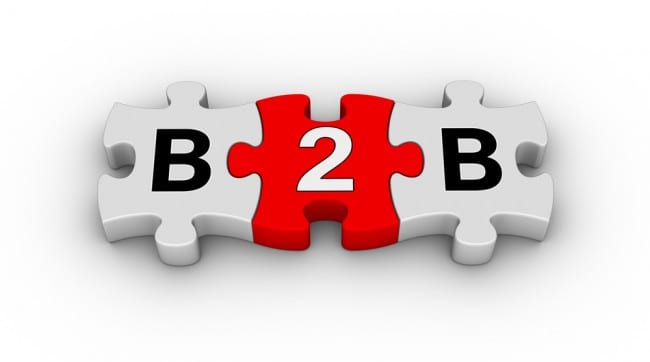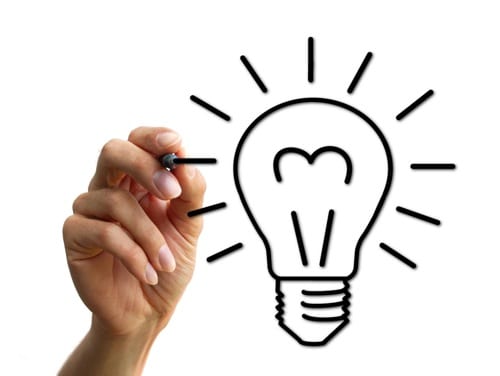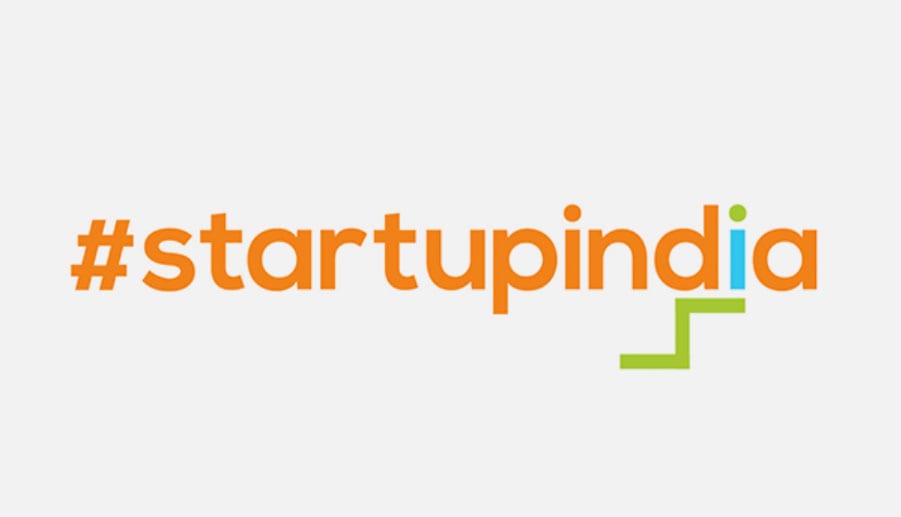FMCG business is typically characterised as high volume and low margin. Companies aim to create brand loyalty and trust towards their brand. Brands continuously evolve themselves in order to ensure that they are able to match changing needs in the market. Rebranding is one of the strategies which they employ for this purpose. It is done so as to create a new and differentiated image of the brand in the minds of consumers and other stakeholders.
Some of the greatest FMCG brands do this to rejuvenate their brand. Coco Cola, PepsiCo, HUL and Kellogg’s are some of the biggest brands across the globe. They all have evolved there brands over a period of time. Rebranding is done in order to ensure that the brand matches the current trends and lifestyles of their customers. This is also done to ensure that they are able to grow in future period. Rebranding strategy varies from company to company. Some brands undergo a radical change. Whereas, certain brands like to maintain their heritage and history with its brand and hence rebranding here happens over a period of time.
Pepsi has been rebranding itself over a period of time in order to be relevant. . Pepsi’s target over these more than 100 years has been the youth. All its logos are designed in a way to be relevant during those times.
- Evolution of Pepsi’s logo over the years
FMCG companies face tough competition in every segment they operate. The sales which are made in FMCG sector reputation and perception in the minds of consumer play a vital role for it. In order to retain or gain market share, brands needs to evolve themselves so that they are able to fend of the competition in the market. Rebranding is used as a marketing strategy by firms to outdo their competitors and handling price competition arising out of it. In 2000, Dabur was facing stiff competition from other brands like Marico which were taking away the market share of the brand. As a result, Dabur repositioned itself and modified its logo to match its new strategy.
- The old and new logos of Dabur
Parle Agro rebranded Frooti and also came up with a new logo. Rebranding was done to give Frooti a bold look compared to its sweet and child-like image. According to research done by the company Frooti was always associated with childhood. The product was rebranded so that it could fit into the lifestyle of consumers today.
- The old and new design of Frooti
In 2013, Cadbury rebranded its Éclair and named it as Chocolair. Nestle, Parle and Perfetti were giving a tough fight to Cadbury in this segment. The reason for rebranding was that Eclairs is a special type of candy and Eclairs had become a common term. Whenever, a person asked for Eclairs at retail store it provided whichever brand it had thus, Cadbury was suffering because of this. Also, Chocolairs is brand owned by Cadbury in UK .This meant portfolio realignment was also a reason for rebranding. This shows that there are various factors at play which lead to rebranding of a product.
- The old and new product after rebranding
Globalisation of a product could also lead to rebranding. Sometimes it so happens is that the product which is being sold is inconsistent over different geographies. Sneakers was sold as Marathon bars in UK. As it was inconsistent with brand it changed to selling as Sneakers in UK as well.
Merger and acquisition activity of a company, portfolio consolidation, matching legal requirements are some other reasons because of which rebranding takes place.
There are numerous examples in the industry when rebranding has been done. A number of factors play a role in company’s decision of going for rebranding Not all rebranding processes have been successful. There could be a negative impact of rebranding in the minds of the consumer. The company must be careful not to let dilute its brand because of its rebranding. In 2009, Tropicana rebranded and came out with a new packaging. Within a month its sales had dropped by 20% .Whereas, the competitor sales were increasing. Tropicana reverted back to its original packaging within a month. Though exact expenditure for this switch could not be known it costed Tropicana $137 million dollars in sales between 1 Jan to 22 Feb.
- Tropicana’s rebranding strategy which failed
Similarly, when Kraft’s acquired Cadbury the company was renamed to Mondelez. The word Mondelez has different meaning in Russian language. Some sections of the society have opposed this change as Mondelez has a different meaning in Russian language. Though Kraft’s is not ready to back down on rebranding other companies have come out to criticize rebranding done.
Every marketing strategy cannot be successful. But that does not means companies should stop innovating or evolving. FMCG companies have a challenge of not only selling a product once but getting repeat purchases from customers. The only way to succeed in the competitive world of FMCG is to build a relationship of trust with consumer and get them more engaged with the brand. This is the reason why rebranding is an important strategy which companies are using to grow.






